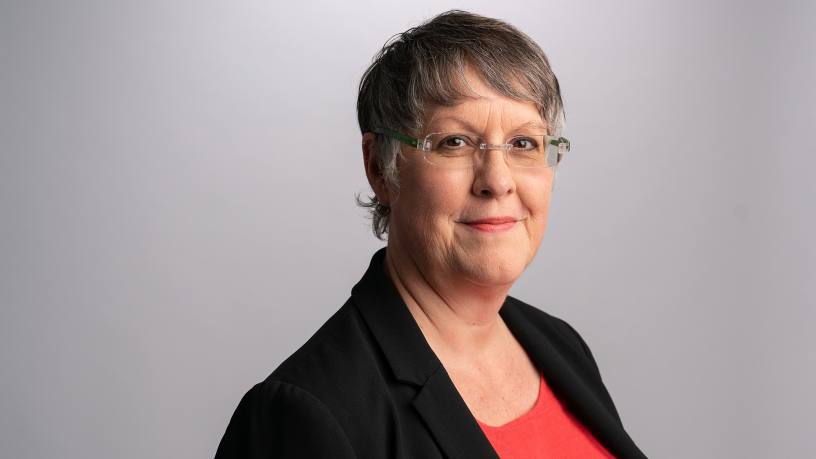While India was the first market to move from a two-day securities settlement cycle (T+2) to a single day (T+1) in January this year, all eyes are on the transition plans of the world’s largest market, the US, in May 2024.
And once the US goes, the rest of the world is expected to follow. Canada has already announced it will move in step with its southerly neighbour.
According to a recent Citi survey, which canvassed around 500 financial markets infrastructures (FMIs) and industry participants for the third edition of its ‘Securities Services Evolution’ report, close to nine out of 10 respondents expect their local settlement cycles to shorten to T+1 or even T+0 within the next five years.
As such, 77% of the market participants surveyed globally expect accelerated settlements to have a major impact on their business. Specifically, eight out of 10 expect a notable impact on their securities lending and borrowing business. Cash, funding and liquidity management remain the greatest obstacles to achieving a shortened settlement cycle, as they have been for the past three years.
According to the report, “Next year’s transition will impact up to eight different departments in each organisation but in differing ways, depending most of all on where firms are located in the world. Those in Europe and Asia will be profoundly impacted by the treasury implications of T+1, while those in North America contend with regulatory requirements and securities lending liquidity.”
While the impact of acceleration remains the primary focus, the research found that a consensus is also emerging as to how best to prepare for it. “Participants are focusing on clients and counterparties in the first instance, followed by in-house platforms and processes, and then evaluating staffing and location strategies,” said the report. “For example, 69% of those surveyed are focused on automating and standardising client communications, while 64% are looking to upgrade/replace technology platforms.”
Unsurprisingly, digitisation is also top of mind for all industry participants, from FMIs such as central securities depositories through to broker-dealers, investment managers and institutional investors, as they look to accelerate transformation and innovation, as well as manage a transition away from legacy systems/infrastructures.
Distributed ledger technology (DLT) momentum continues to grow, with 74% of respondents engaging in DLT and digital asset initiatives, up from 47% in 2022. Interestingly, 87% of custodians surveyed are actively working on DLT and digital asset projects today; however only 25% of their asset owner (end-)clients are similarly active.
Given the choice of issuing natively digital securities or tokenised representations of traditional securities, 79% of respondents see their core growth as coming from tokenisation. According to the report: “In the face of continuing challenges in regulatory and accounting treatment of natively digital securities, tokenisation is surprisingly simple by comparison. Tokenising can be like a club in that everyone only needs to agree on the rules to be a member and the presence of traditional securities (and cash) gives providers the option to limit their risks as they build.”
There is growing belief across the industry that digital money – whether central bank digital currencies (CBDCs), or bank and non-bank issued stablecoins – is maturing quickly. An overwhelming 87% see them as a viable means to support securities settlement, up from 72% in 2022.
In this year’s survey, 52% of market participants expect CBDCs to be live within three years. However, the top three impediments to the widespread use of digital assets in the next three years are: regulatory uncertainty around governance, legal and risk aspects; limitations of knowledge in key functions (by risk, compliance and legal); and formation of market-wide ecosystems around a solution. Less than a third of respondents picked the interoperability of different blockchains as a major challenge.
Read Eva Szalay’s recent article to understand how the move to T+1 in equities will affect the foreign exchange market, part of our Sibos 2023 coverage.
Joy Macknight is editor of The Banker. Follow her on X @joymacknight
Register to receive the Editor’s blog and in-depth coverage from the banking industry through the weekly e-newsletter.






